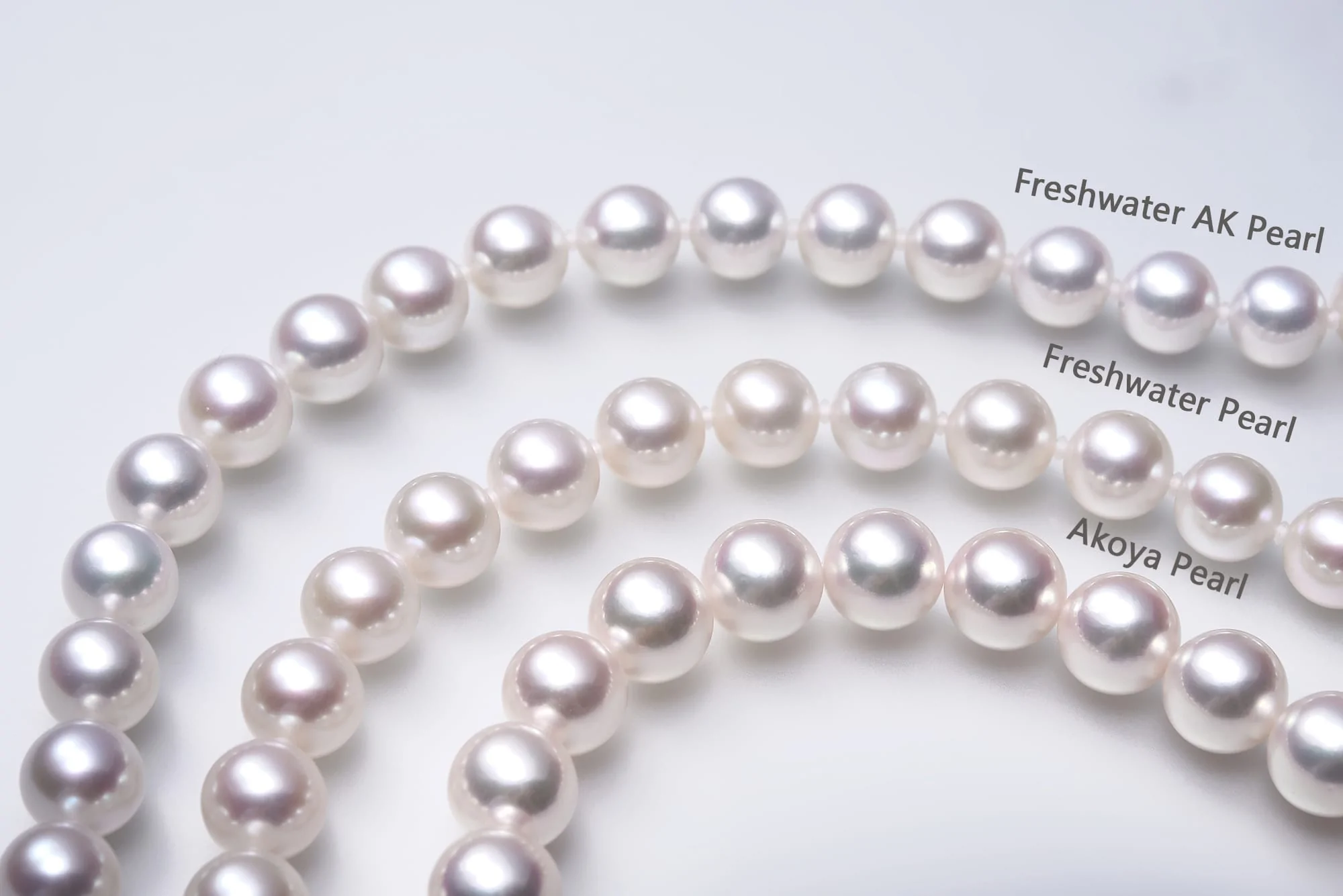Pearls are natural treasures, and they’re synonymous with wealth and prosperity. Their history has been long and storied, in the past, owning pearls was often reserved only for royalty and members of other affluent classes!
But nowadays, these incredible gems are available to anyone willing to invest in them, and you don’t have to be fabulously wealthy to make pearls part of your life just look at the gorgeous pieces from https://pearlsofaustralia.com.au/. Here’s what makes this line so special.
What are the differences?
All pearls are valuable and come in a variety of shapes, sizes, colors, and appearances. However, there is a difference between one type of pearl over another. You see two main types of pearls: Akoya pearls and freshwater pearls. Before we dive in too deep, let’s take a look at how these two differ from one another.
While they can look quite similar, Akoya pearls also known as South Sea pearls and freshwater pearls are very different. First of all, Akoya pearls are saltwater pearls while freshwaters are made from lakes or rivers.
While both types of pearls develop within a mollusk to protect it from predators, an Akoya pearl is formed inside a giant clam from seawater, salt crystals, and various organic materials. Freshwater pearls on the other hand are created using mother-of-pearl shell lining found within mussels or oysters. Finally, when it comes to value Akoya pearls typically cost much more than freshwater pearls.
Do they differ on the surface?
A key difference between fresh water and Akoya pearls is their surface. Due to their softer constitution, freshwater pearls are more prone to nicks, scratches, chips, and even cracks than Akoya pearls.
Because of how they are cultured, they also have a more irregular shape. Whereas Akoya pearls can be found in relatively consistent shapes, many freshwater pearls come in slightly different shapes every time because of their soft surfaces.
Difference in luster
One of the most obvious differences between Akoya pearls and freshwater pearls is their luster. While both are beautiful gems, one thing that makes them different is their luster. Freshwater pearls tend to have a more matte-like luster while Akoya pearls shine brightly.
The reason for these differences comes down to what kind of oyster these kinds of pearls come from. The kind of environment where an oyster lives directly affect its pearl which leads to different kinds of luster. What you have in your hands will be dependent on if it came from an Akoya or freshwater oyster, respectively!
Where does each pearl come from?
This question is one of, if not the most important when it comes to pearl shopping. Cultured pearls are created in oysters (Akoya) or mussels (freshwater) while natural pearls are found inside mollusks.
By knowing which type of pearl you’re buying, you can better determine what you’re getting. For example, better quality in color and luster as well as more consistency in sizing and more. Some people have a sensitivity to saltwater pearls. So be sure to do your homework before selecting a strand for gifting purposes!
Which is better?
Both Akoya pearls and freshwater pearls are formed when a grain of sand gets trapped within an oyster’s shell. However, there are some key differences between these two types of pearls.
For instance, while both are valuable diamonds being a noteworthy exception, freshwater pearls generally cost less than their Akoya counterparts. The color, size, shape, and luster of Akoya pearls are usually more uniform than that of freshwater varieties.
How long do they last?
Akoya pearls are generally more durable than freshwater pearls. Though both are, on average, said to last between 10-20 years if cared for properly, because of differences in their formation it’s no surprise that Akoya pearls are typically stronger and less prone to damage.
Once they come out of their natural casing, most freshwater pearls will be covered with a coating usually the mother of pearl that gives them a soft surface that can chip or even scratch off with wear. Most Akoya pearls also go through an additional treatment process where they’ve dyed black or another color. This keeps them from changing color over time like some naturally white-shelled Akoya pearls do as they age.
Why are Akoya pearls more expensive?
Akoya pearls are more valuable than freshwater pearls. To produce an Akoya pearl, a live mollusk must be attached to a nucleus, typically made of shell or plastic beads. The oyster is then hand-cultured until it coats itself in nacre or mother of pearl over time. This process can take up to 10 years and that’s not including harvesting time!
Because of their size, Akoya pearls are considered rare. This rarity makes them much more valuable. If you are considering buying a piece with an Akoya pearl, consider paying extra for its high quality.
What should you look for when shopping?
Don’t assume all pearls are created equally. While they’re both composed of nacre the iridescent, protein-based substance that surrounds a pearl’s nucleus there are substantial differences between freshwater and Akoya pearls.
Depending on size, Akoya pearls can cost anywhere from 5 to 20 times more than freshwater varieties. Before you shell out any cash, there are several things to consider when choosing which type of pearl is right for you.
Conclusion
You don’t have to choose between buying Akoya pearls or freshwater pearls. If you know what to look for, your next purchase can be a good one that suits your style and budget. When shopping for fine pearls online, make sure you understand all of your options. Take a look at size, shape, color, and price, just remember that not all sites are alike. Do your research before purchasing so you won’t regret it later on!










Leave a Reply